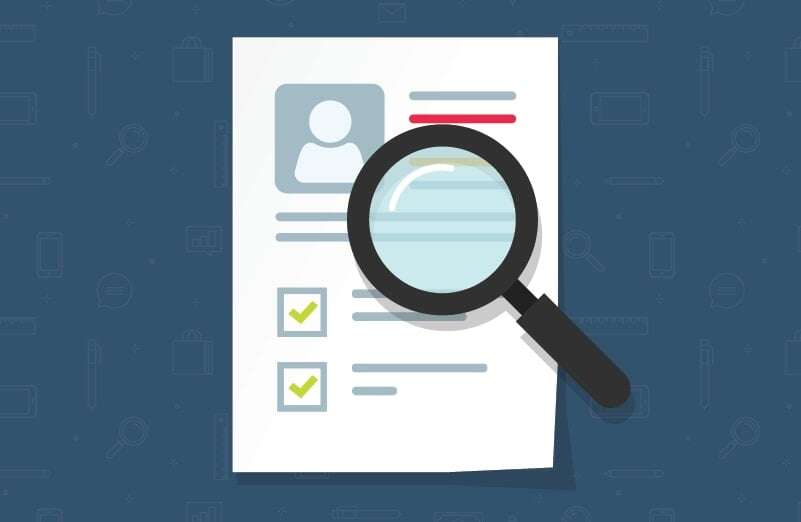You’ve heard time and time again about requests regarding your inventory of actively managed vendors. Pause and think for a moment about the concept “actively managed vendors” – that means there’s obviously a whole additional population of vendors you’re not actively managing. Who are they? Why wouldn’t you be able to actively manage all of them?
Vendors to Consider as Not Actively Managed
It’s a very important distinction of whether or not to actively manage a vendor and one that shouldn’t be taken lightly. Before formalizing any inventory – whether including or excluding certain vendor types – get input, direction and support from your board and risk committee. Types of that don't need to be actively managed may include:
- Those where there’s simply no risk associated with them. For example, think of Staples or Boise Cascade office supplies.
- Those where you have no influence or ability to make reasonable due diligence or exert any change. For example, the US Postal Service or the Federal Reserve.
- Those that simply are passive relationships. For example, your licensing agreement with MasterCard or VISA.
With all of these, you may wish to do some limited portions of third party risk management, but certainly not all of it, and you don’t want to set yourself up for having to create exceptions or a “catch 22” where it looks like you’re treating third parties inconsistently.
Example Vendor Exclusionary Policy
In practical terms, you’d want to write these third parties that aren’t actively managed out of scope and that’s pretty easy to do. You would accomplish this through a Vendor Exclusionary Policy.
And, here’s an example of a Vendor Exclusionary Policy and some practical language to use – subject to your policy or program requirements, of course (Note: EveryBank is simply a fictitious placeholder name for this exercise):
Scope and Coverage. This program is intended to apply to all third party relationships entered into by EveryBank, as communicated to the Third Party Risk Management Department, including but not limited to: affiliated and unaffiliated vendors, service providers, processors, business partners, program managers and marketers and other third parties, with whom the Company or Bank contract for purposes of obtaining products or services, or who collaborate with the Bank in providing products and services in the marketplace.
The Program is not intended to cover the following relationships:
1. Relationships with customers or members or account-holders of the Bank.
2. Relationships with third party providers of goods or products (or their sub-providers) which may reasonably be considered incidental to EveryBank's operations or lines of business and are therefore not material to EveryBank's third party risk profile.
3. Relationships with government regulatory agencies.
4. Relationships with payment card licensing networks (currently, Discover, MasterCard, VISA, and American Express) as the Bank cannot reasonably exercise any rights to audit or remediate concerns on what may be a financial services systemic matter.
5. Relationships with affiliates pursuant to intracompany service agreements to the extent such agreements are principally intended to document intracompany financial agreements for financial allocation purposes and do not include any scope of work materially related to functions of the Bank or Company from a third-party risk management perspective.
This list can be used as a guideline to determine the vendors that can be excluded from your scope of vendor oversight. Each year, as you update your inventory of third parties, you should check against this list as well and make sure it’s still accurate and consistent with your appetite for risk.
A risk assessment should be performed for your actively managed vendors. There are 9 steps to complete a proper vendor risk assessment - download our infographic to help you through the process.





.gif?width=1920&name=Sample-Graphic-Animation%20(1).gif)


